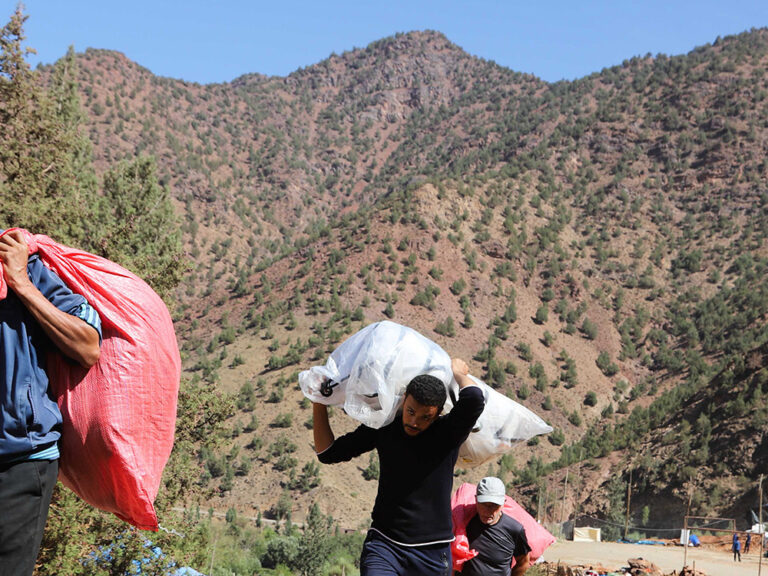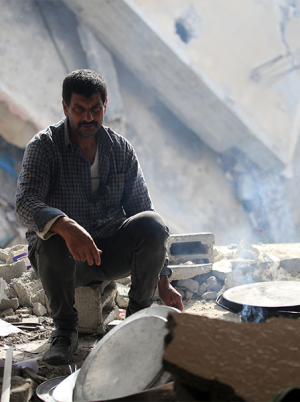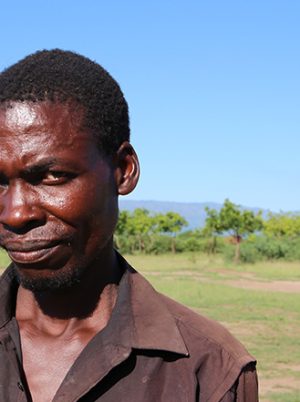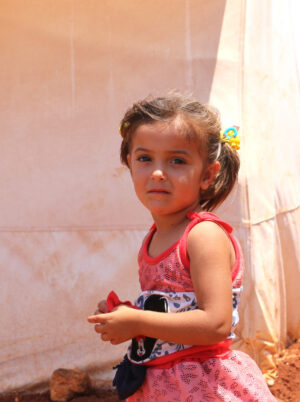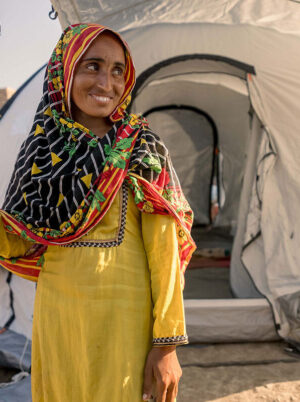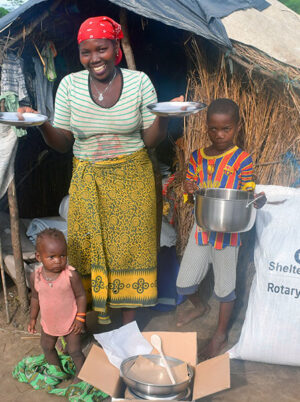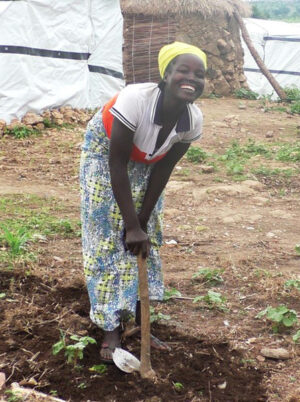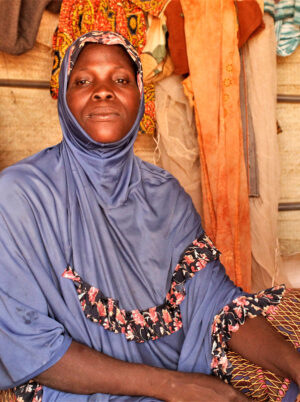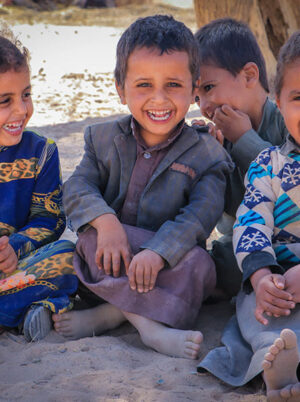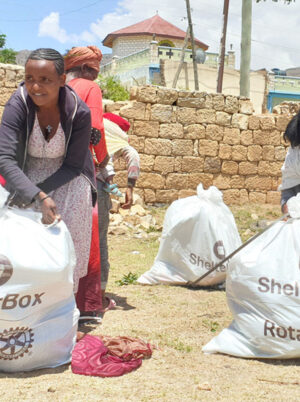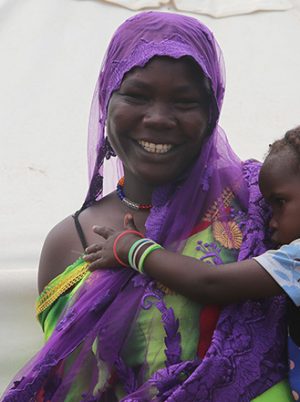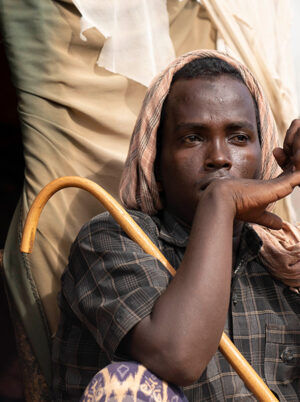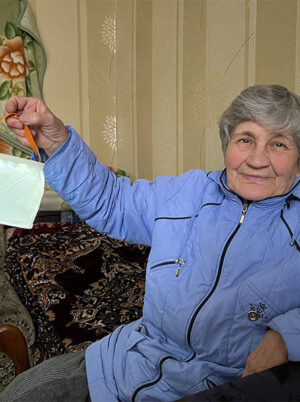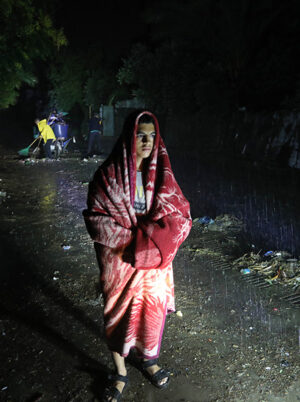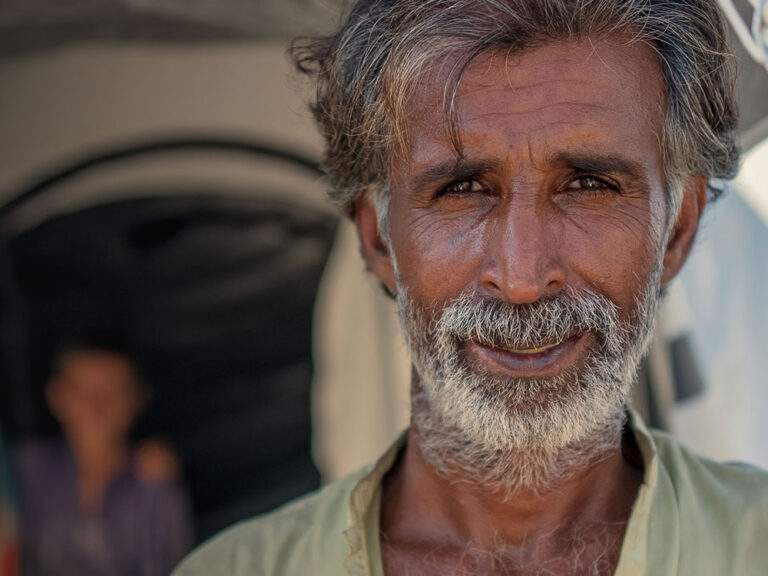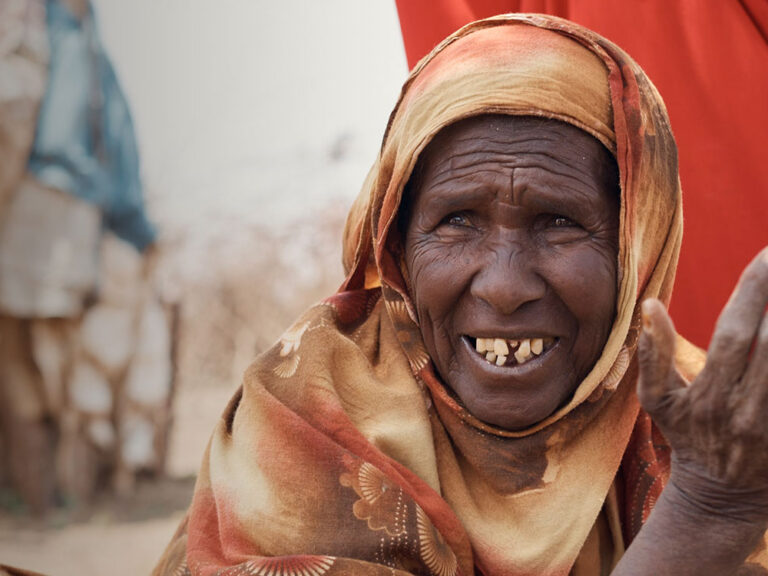Every family deserves a place to call home after disaster.
We work with disaster-affected communities to provide the emergency shelter, essential items and training needed to support people in the long process of rebuilding their lives.
Every disaster is different so we have a flexible approach. We listen and learn from the communities we work with to make sure we provide the right support.
We often go further, working with hard to reach communities who are overlooked by others.
Before a disaster happens, we make sure we are ready to help. We store aid in strategic locations around the world so we can get it to the families who need it as quickly as possible.
We work with trusted local partners and we have a network of incredible volunteers who are ready to help at a moment’s notice.
Our teams can travel by foot, boat, helicopter or tuk-tuk to get to the families who need your support – whatever it takes to get to the people who need us.
Learn more about what we do to ensure no one is without shelter after disaster.
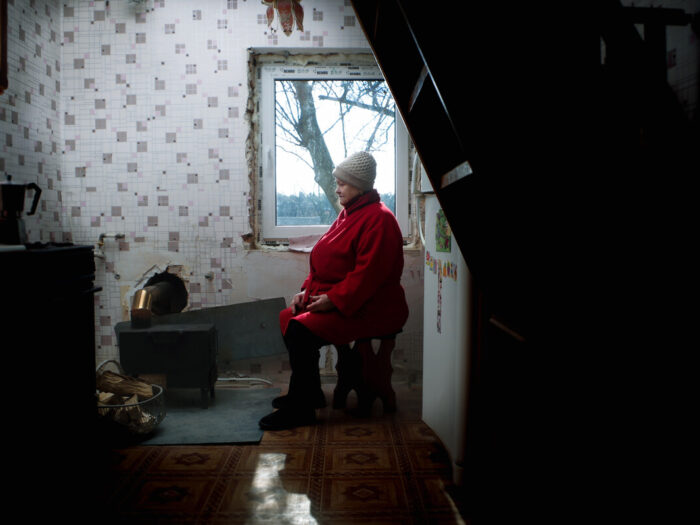

Why shelter?
Recovery starts with shelter. Having somewhere dry and warm to sleep, to prepare meals and be with your family is vital for starting the long process of rebuilding your life.
Emergency shelter offers privacy and helps to preserve your dignity. It offers protection from the elements, animals and disease. It helps keep communities together. It can help to bring back a sense of normality, allowing children to go back to school.
Most importantly, it empowers families to start the process of getting back on their feet.
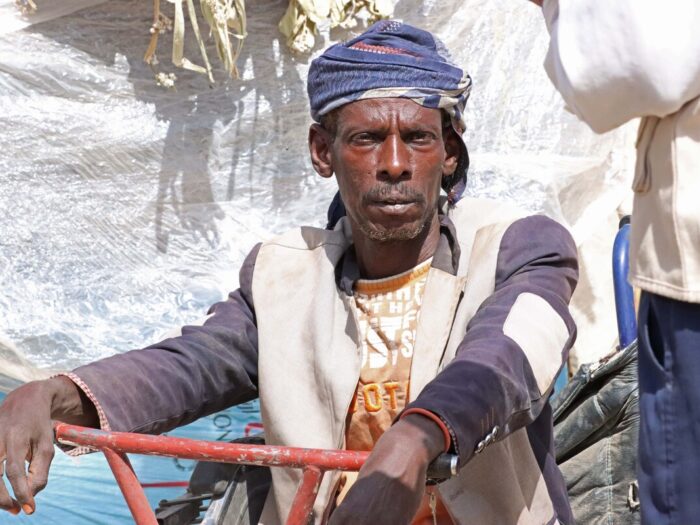

How we decide where to work
We are committed to seeing a world where no family goes without shelter after disaster and we help as many families as we can.
But we are a charity with limited resources and knowing who, where and when we can help can be hard.
Take a look at our response criteria which helps us decide when we can help.
Learn more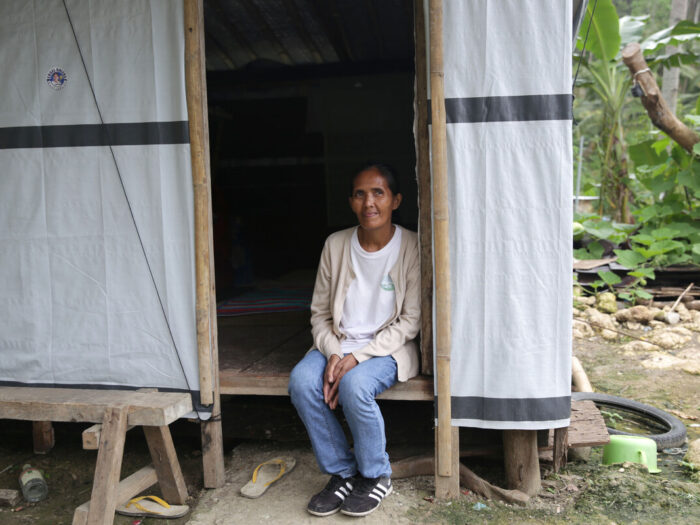
Our aid
Shelter is the foundation for life – for survival, stability and dignity. It offers a place to feel safe, stay together and stay healthy, earn a living and plan for the future.
We provide emergency shelter and essential household items after disaster. There’s no one size fits all solution. Each disaster and community is different. So, we work flexibly, listening to what’s needed and adapting every time.
For some situations, family-sized tents are the best solution. They provide shelter until people can start rebuilding. In other places, heavy duty tarpaulins, ropes and nails can patch-up damaged buildings.
Essential items like water filters, mosquito nets, and cooking sets help people survive.
Our teams also offer training on shelter building. This supports people to create robust shelters and maintain them over time.
Our support keeps evolving, and so do we.
Learn more about our aid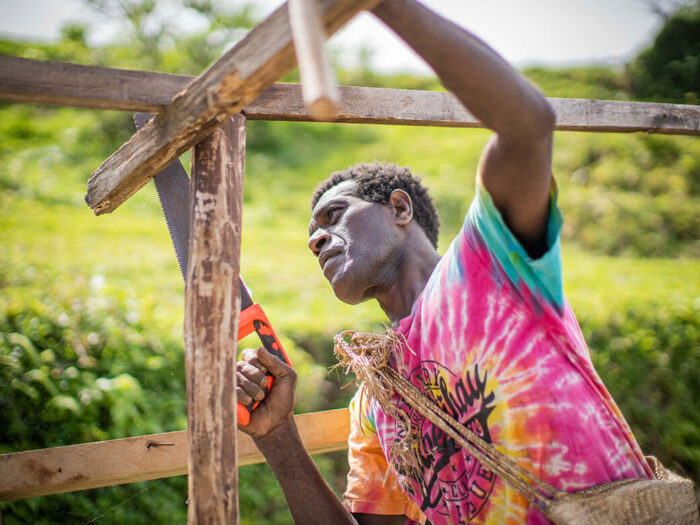
Cash Assistance
Sometimes we also offer cash after disaster when the conditions are right. This can offer people more control over their recovery and helps them get the things they need.
Tents, tarpaulins and tools are at the heart of our disaster responses. But when it’s clear providing cash will have an even bigger impact on people’s lives, that’s what we’ll do.
Cash has recently been offered in our responses in Ukraine, Pakistan, and Syria among others.
Learn more about cash assistance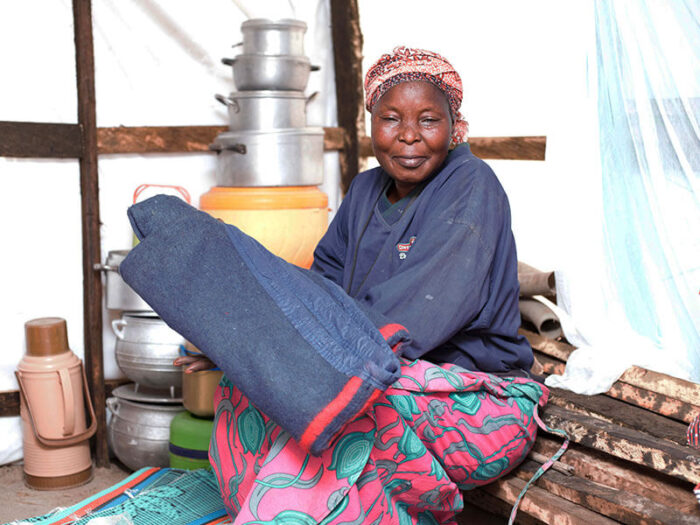

ShelterBox Strategy 2022-27
ShelterBox exists to ensure no one is without shelter after disaster.
Building on the solid foundations of over 20 years experience, our 5-year strategy will see ShelterBox become even more focused on the impact emergency shelter can have for people after disaster and conflict.
We will do this in partnership with others for maximum reach and with the good of everyone in mind as we seek to do no harm to people and planet.
Learn more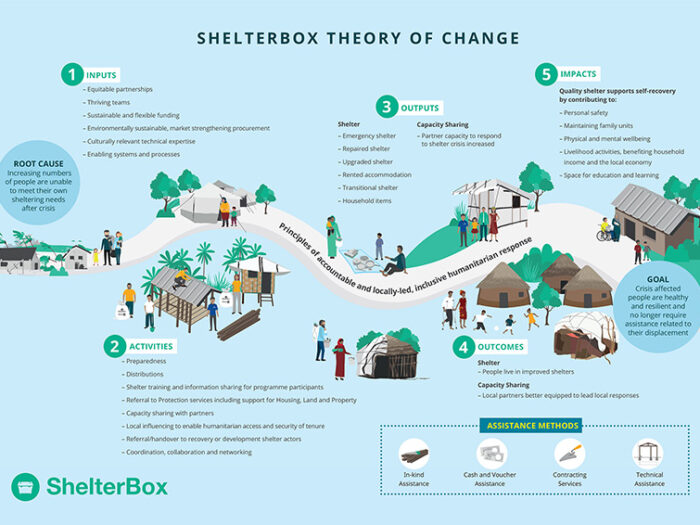
Theory of change
Our new Theory of Change sums up what we will do and why to support communities affected by crisis. It builds on our 20+ years of experience and on the latest evidence of the vital role shelter can play in enabling people to recover and rebuild.
Our focus is on self-led recovery. However, we know that growing numbers of vulnerable people are unable to recover without support.
This leaves them more vulnerable to other risks, such as disease, poverty and environmental threats like extreme weather events. Our Theory of Change commits us to accompanying people on their first steps to recovery, because this increases their chances of further rebuilding their lives.
Click below to discover more about our Theory of Change, including a larger version of our diagram.
Learn more
